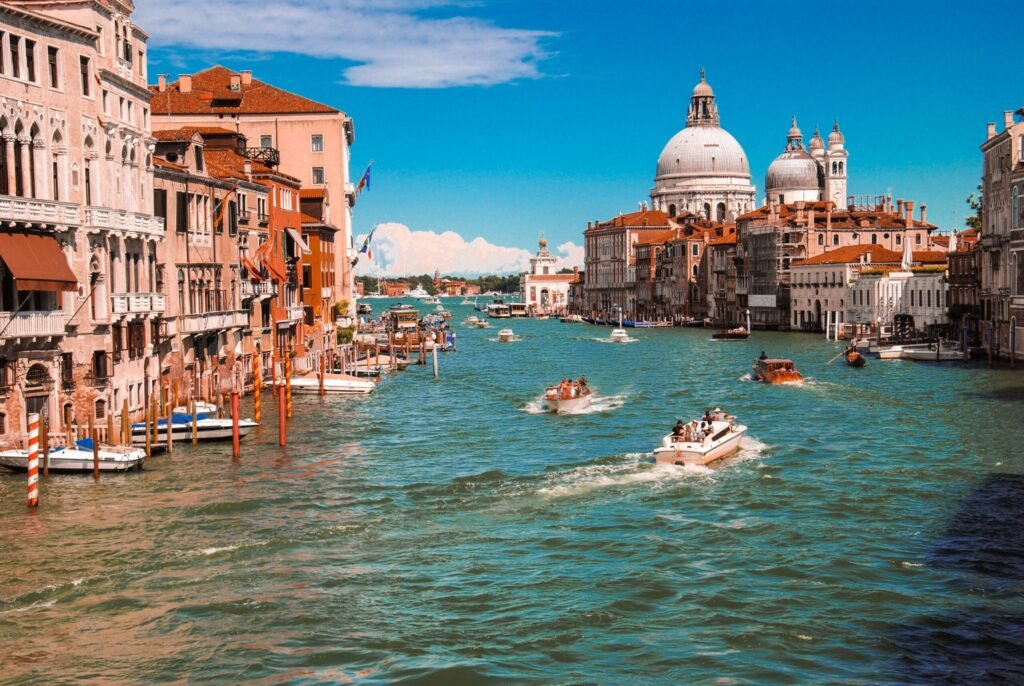
The new flow decree 2022/2023 was published in the Official Gazette on 26 January 2023.
It is possible to complete the latter online, through the dedicated portal.
The documents to be submitted are (updated list 2023):
- valid passport of the foreign worker;
- valid identity card or passport of the employer in Italy or of the legal representative;
- Identification data of the employer (telephone number, VAT number, address of the registered office and workplace, PEC address and email address).
certificate of accommodation suitability and address of residence in Italy of the worker; - €16 revenue stamp;
- Indications relating to the employment contract to be stipulated: CCNIL, level and task, weekly working hours;
- Current number of employees of the company (in order to verify whether the employer has the economic capacity to pay all employees);
- Employer delegation and authorization (privacy);
- Chamber of Commerce certificate of the employer containing the personal, legal, fiscal and economic information filed with the Chamber of Commerce of each company registered in the Italian Business Register.
- To request it, you need to access the official website and enter the name of the company and the province to which it belongs. Payment of the requested documents must be made online by credit card;
- DURC (document necessary to verify the regularity of contributions) to be requested through the INPS or INAIL website with the tax code;
- UNICO 2022 form (employer’s tax return);
- Financial statements for the year 2022 of the company/enterprise;
- Indication of the diplomatic representation of the country of origin where the entry visa will be requested;
- ANPAL form by the employer. An innovation introduced by the 2023 flows decree.
Flow decree 2022-2023 requirements and latest news
There are several novelties and requirements to be met for those wishing to apply for a flow decree this year.
The employer, for example, before sending the application, will have to verify the unavailability of workers present on the national territory through the competent employment centre.
Work sectors flow decree 2022/2023
- trucking;
- building;
- tourist-hotel;
- mechanics;
- telecommunications;
- food;
- shipbuilding.
Domestic work (housekeepers/carers) this year is not included among the sectors for which applications can be sent.
Employer income
Is there a minimum income that the employer must have in order to apply for the flow decree?
The law does not specify a minimum income.
However, using the uploaded documentation, an assessment will be made in relation to the turnover and the number of active employees.
Therefore, if the number of employees is too high compared to the actual turnover, the declared income will be considered insufficient and therefore the application will be rejected.
How to submit the application for the 2023 flow decree
The application for obtaining the entry permit for the foreign worker must be submitted electronically by completing the forms in the appropriate section of the Ministry of the Interior website.
Who can apply for the flow decree?
The request must be presented by the employer, Italian or foreign legally residing in Italy, who wants to employ the non-EU citizen.
It is also possible to apply through an immigration lawyer who verifies the validity and correctness of all documents.
Access to the portal is allowed only through the SPID digital identity.
Flow decree forms
The forms you need to complete depend on the kind of job you want to apply for; more specifically, the models on the portal are:
- forms A and B for hiring Venezuelan residents with Italian ancestry;
- In the hospitality, construction, and road haulage sectors,
- Model B2020 is used to hire non-seasonal workers;
- utilizing C models while employing seasonal workers;
- A model VA for converting residence permits for study, apprenticeship, or professional training into a subordinate work permit;
- VB model for converting seasonal work-permit residences to subordinate work;
- Model Z for turning residence permits for work-related education, training, or apprenticeship into self-employment;
- The LS model for converting long-term resident residence permits for the EU issued by another EU Member State into a subordinate work permit (the LS1 model is to be used in this case);
- LS2 Model for converting EU residency permits for long-term residents from one EU Member State to self-employment;
- The Model BPS nominative request for authorization is only utilized when hiring workers who have participated in training and educational programs in their home countries, as stated in Article 23 of the TUI.
